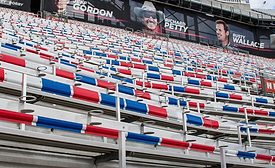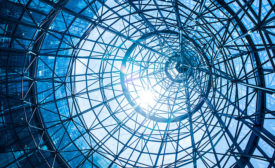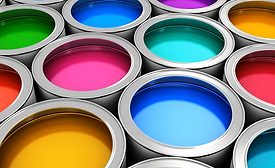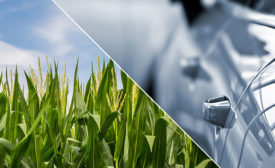Featured on Home Page
VOC-Free ECOS Paints Collaborates With Interior Designer Lisa Tharp
Introducing “Lisa Tharp Colors”
Read More
Keep the info flowing with our eNewsletters!
Get the latest industry updates tailored your way.
JOIN TODAY!Copyright ©2025. All Rights Reserved BNP Media.
Design, CMS, Hosting & Web Development :: ePublishing










